One of the most mysterious of the cosmic objects is the black hole. It is not at all possible to comprehend black holes with our common sense. Because man has never witnessed the existence of such a thing. With the constant change of cosmic space and time, the whole world of creation is changing. And one of the elements of this created world is the black hole. Today I will highlight among you about black holes or black holes.
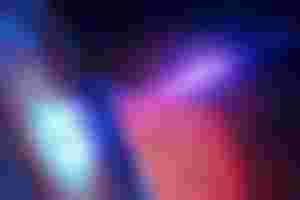
Black holes are one of the strangest elements in space. A black hole is a region of the universe where the force of gravity is very strong. We all know that light is the fastest object in the universe. Until that light can't break the ball of the black hole. As a result, no light from a black hole can reach our eyes. So it is never possible to show a black hole. But what can be seen in the name of a black hole is the boundary around it. The boundary of a black hole is called the event horizon. As soon as an object crosses this boundary, it gets lost in the abyss of a black hole. No object can ever return from the middle of the event horizon. Until the twentieth century, people had little idea about black holes.
In 1917, the German physicist calculated using Einstein's theory of relativity that any mass could turn into a black hole. If he can be compressed enough. Through this theory, the idea of a black hole comes to the fore. For a long time this discussion was only at the stage of theory.
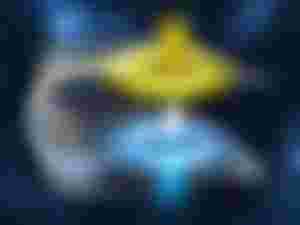
In 1971, the real idea of this theory came before us. Astronomers of the time discovered the first black holes while observing constellation signals or buck zones. There are so many black holes in the universe that it is beyond the comprehension of great scientists. Scientists have come up with the idea of different types of black holes.
Stellar Black Hole and Supermassive Black Hole are the best known. Stellar Blackhole was born when the giant died. They are usually 10 to 20 times larger than our Sun. There are many such stellar black holes scattered in the universe. The Milky Way galaxy alone contains more than a million black holes.
Then there is the supermassive black hole. The name suggests that they are usually much larger in size. A supermassive black hole could be billions of times larger than our Sun. Scientists can only speculate about them. No human has any real knowledge about them. But every galaxy has at least one supermassive black hole at its center. Even the galaxy we live in has a central black hole in the Milky Way galaxy. The supermassive black hole in the Milky Way galaxy is called Sagittarius A. It is thought that the mass of this black hole is 40 million times greater than that of our Sun. And its radius is equal to the distance of the sun from our earth.
The most surprising thing about black holes is that they are completely invisible. All the paintings that have been shown so far are just the imagination of scientists and the paintings of artists. There is no way to deny the existence of this cosmic object in the giant, even if it cannot be seen with the naked eye. This is because there is clear evidence of their existence from the various cosmic objects surrounding the black hole. Scientists collect research data by observing their effects on cosmic objects surrounding black holes.
One such symptom is the Accretion Disk. Accretion Disk is the debris of various stars, which form a kind of ring as it orbits a black hole. These are the gases and cosmic wastes that have not been able to swallow black holes for a while. They didn't even go inside the black hole and couldn't deny the tension of the black hole. Another distinguishing feature of super massive black holes is the Quasar. Quasar is also called the apparent star. These are very bright electromagnetic forces. Their brightness is much higher than that of the Milky Way galaxy, which is a few thousand galaxies.
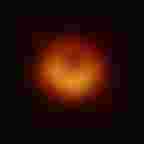
Although black holes have been studied for more than 100 years, scientists have no real picture of them. April 10, 2019 is an unforgettable day for space exploration. On this day, for the first time, it is possible to take a picture of a black hole. This supermassive black hole is located in the center of a large galaxy Messier 87. The light of the brightest part of it is moving towards us. And the dark part of it is gradually moving away from us. This light part contains a special type of ionic gas called plasma. And plasma is the fourth state of matter.
This supermassive black hole is highly active. This black hole is constantly swallowing up all kinds of cosmic objects. Its quasars usually extend up to five thousand light years. A part of it is directly aimed at us. That is why we cannot see the path of its light. This rare picture of a black hole is the result of 20 years of relentless work by about 200 scientists.
Many may wonder why the picture of the black hole is so obscure as a result of so much hard work. The main reason for this is that this huge black hole is located far away from us. Then 6 billion more than our sun. And the darkest part of the black hole is larger than our solar system. Although the black hole is so big, it is far, far away from us. And that's why in this first picture of a black hole, the black hole looks so small and obscure. Of course we needed a telescope the size of Earth to see this blurry picture. It is not possible for humans to build a telescope as large as the Earth, so eight telescopes at different ends of the globe have been used to disguise a telescope as large as the Earth. And this telescope has been named Event Horizon Telescope. It is possible for telescopes to take pictures of these black holes by constantly adding pictures of themselves.

About 400 years ago, the scientist Galileo first ushered in a new era in space exploration with the discovery of the first telescope. Since then, astronomy has improved a lot, but we have been able to uncover very little of the universe.
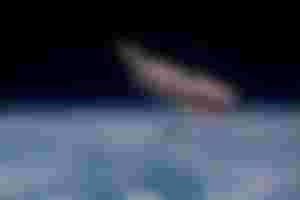
The Hubble Telescope is one of the few instruments that has played a role in this infinite effort. I will talk about the Hubble Telescope in space another day.
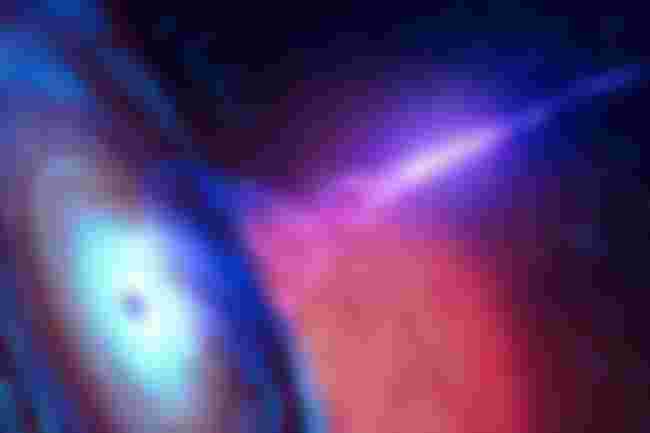
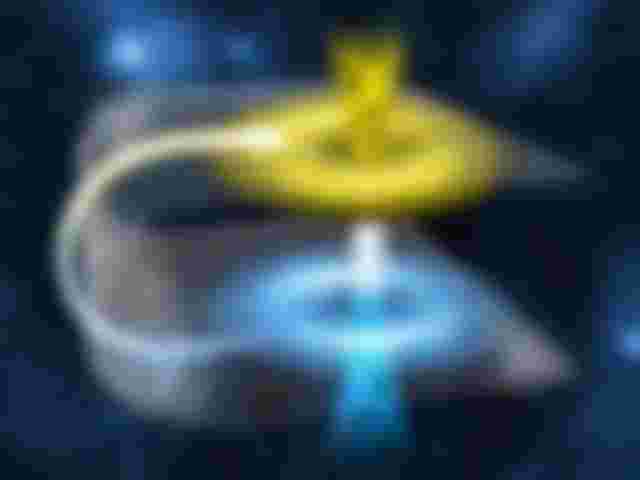
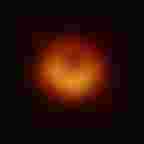
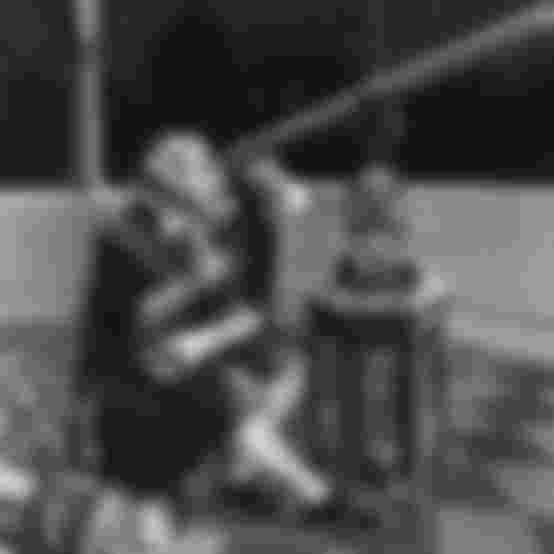
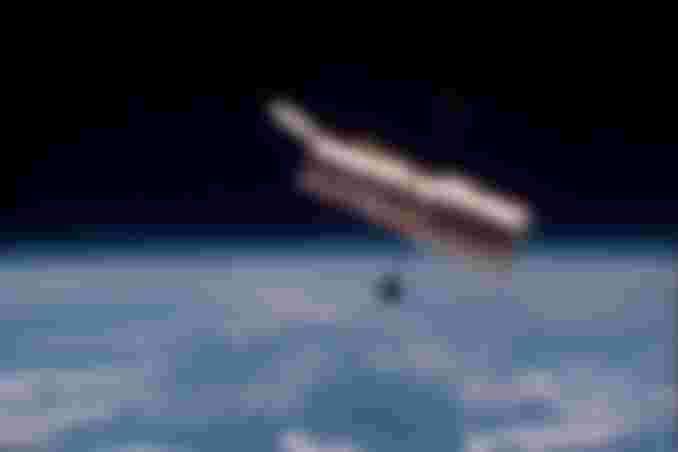
waiting for the next.